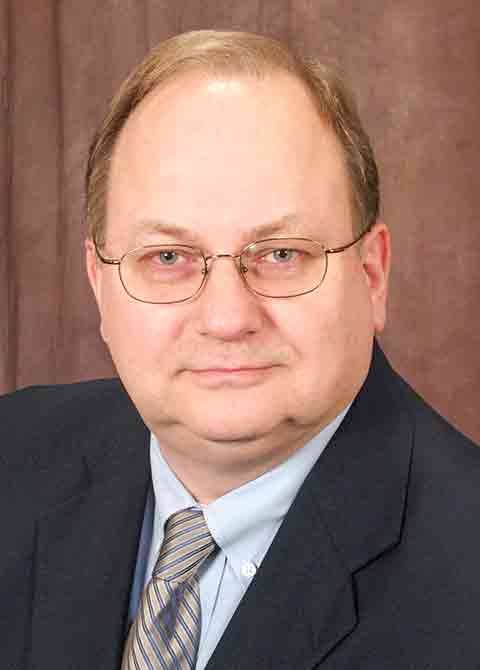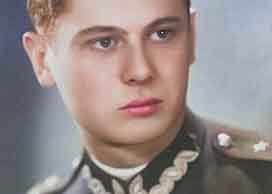There is a Polish hero, a "cursed soldier", buried in one of the cemeteries in Milwaukee, and his name is Edmund Banasikowski. Colonel of the Polish Army, commander of the subversive group "Wachlarz", Deputy in the F Inspectorate of the Vilnius District of the Home Army. In the spring of 1945, he was arrested by the NKVD. He managed to escape from prison and make his way to Warsaw. In view of the growing Soviet terror and repression against former Home Army soldiers, he decided to leave the country. In the spring of 1946 he moved to Sweden, and in 1951 he left for the United States, where he settled permanently in Milwaukee. In Wisconsin, he was the chairman of the Polish American Congress (1960–1977). He was a correspondent for Radio Free Europe, winner of the literary award of the Association of Polish Writers Abroad (1989). He also served for a long time as the president of the Association of Polish Combatants in Milwaukee. On June 10, 1989, he was appointed to the Branch of the National Council of the Republic of Poland in the United States. However, no one knows that Colonel Edmund Banasikowski is one of the first authors who first mentioned the heroic act of a nurse Danuta "Inka" Siedzikówna in the book "Na zew Ziem Wileńskiej" published in 1990. In the 90s, the memory of the cursed soldiers did not get through in the Polish media.
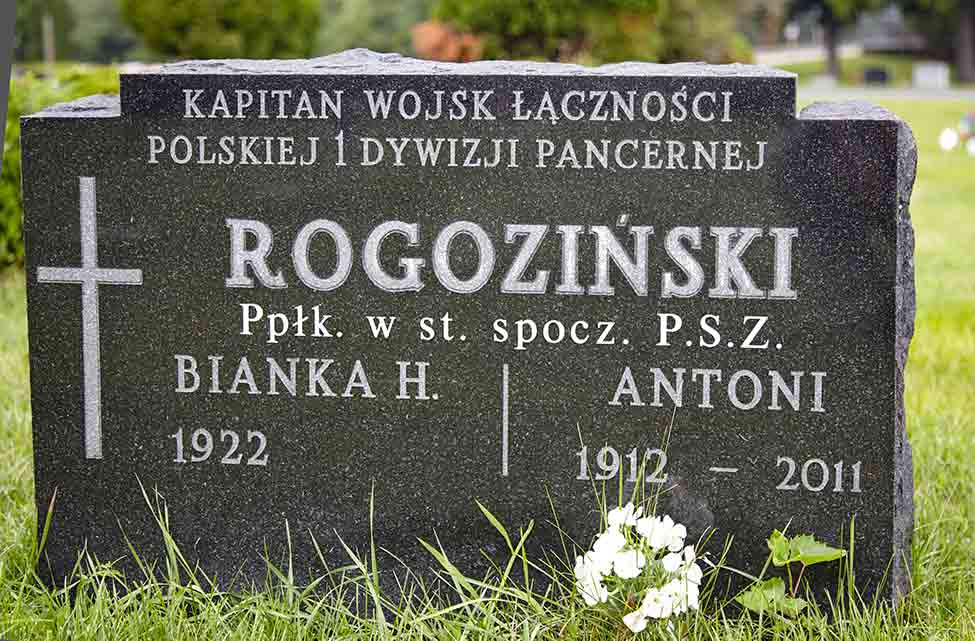
In another cemetery of St. Wojciech in Milwaukee, there is a large military headquarters of Polish soldiers and Americans of Polish origin. There are graves of Poles, participants of various wars. There are soldiers of the Blue Army, Poles from various American wars, soldiers of the 2nd Corps, tankmen of general Maczek, gorgets and symbols of the Virtuti Militari orders are embedded on some of the officer's tombstones. In most of the cities where Poles lived in America, there are such quarters. Not all are in good condition. There are not so many Polish organizations anymore to be able to take care of them. Polish diplomatic missions visit the quarters of which they know or those that are close to them. It would be worth creating a virtual map of the Polish national heritage, which would also include Polish military quarters and graves of outstanding Poles. The city of Milwaukee itself would be a great place on such a map.
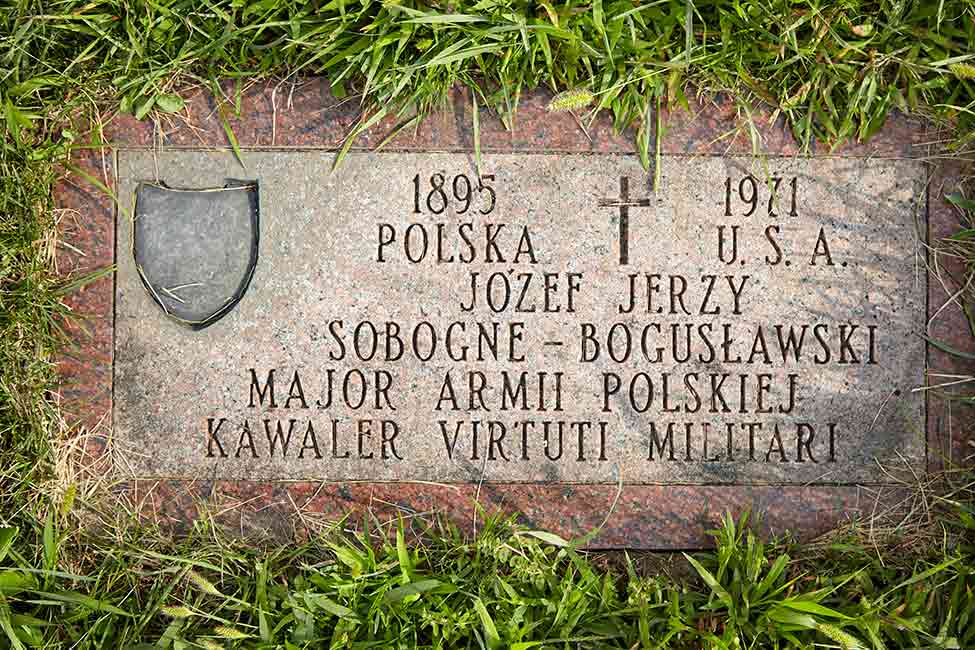
After all, Poland is everywhere where Polish hearts beat, from Kamchatka to Alaska, from South Africa to the fjords of Norway. It is very easy to win over the broken Polish community around a common goal inscribed in the Polish genetic code — caring for the graves of those who fought for a free Poland. It is also worth honoring the families of these heroes by granting them posthumous decorations. Most of them have never received such awards and their families sometimes do not even know the merits of their fathers. This would lead to a significant revival of the Polish diaspora. Nobody remembers the merits of those who, like the army from under Giewont, heard the famous golden horn played from Wyspiański's "Wedding", who came from overseas to fight for a free Poland. I am talking about American soldiers of the "Blue Army" and their families, who are active in American life and some of them occupy prominent positions in the American administration, military, business and politics. Therefore, in the name of the "Polish cause", let us remember about them. They, too, "behaved as they should."
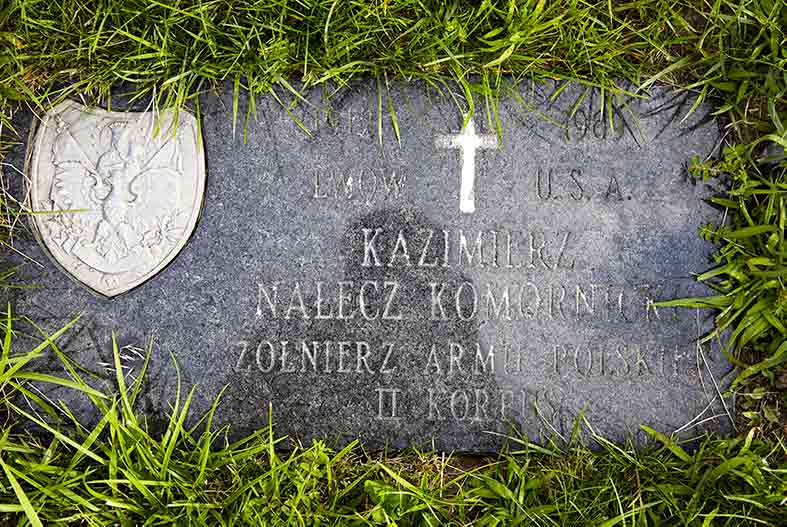
Link to the photos from the Polish quarters at the cemetery of St. Adalbert in Milwaukee.
This article was originally published in the Solidarność Weekly.
Photos: Marcin Murawski.



